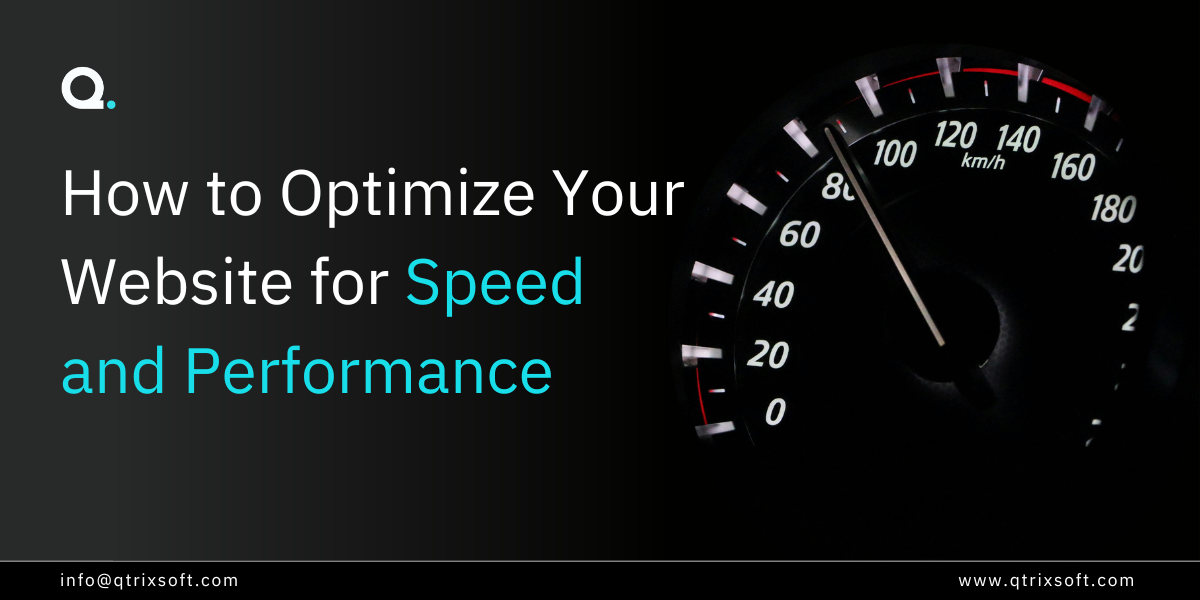
In the digital era, website speed and performance are crucial to providing an exceptional user experience and achieving business goals. At QtrixSoft, we understand that a slow-loading website can frustrate users, negatively impact your search engine rankings, and ultimately hinder your business success. To help you stay ahead of the competition, we’ve compiled a comprehensive guide on how to optimize your website for speed and performance.
Images are often the largest files on your website and can significantly affect load times. Here’s how to manage them effectively:
srcset attribute to serve appropriately sized images based on the user’s device, improving load times on mobile and desktop.Browser caching allows repeat visitors to load your site faster by storing static files locally. To enable caching:
Each HTTP request for resources (like images, CSS, and JavaScript) can slow down your site. To minimize these requests:
Compressing files reduces their size, resulting in faster load times. Enable:
A CDN distributes your website’s content across multiple servers worldwide. Benefits include:
Clean and efficient code contributes to faster load times. To optimize:
defer or async attributes to load JavaScript files after the page content has loaded, preventing render-blocking.A slow server response can be a bottleneck for website performance. To enhance server response time:
Asynchronous loading allows resources to load independently of the main HTML content. This can:
A well-maintained database contributes to overall performance. Regularly:
Ongoing performance monitoring and testing are essential. Utilize:
Optimizing your website for speed and performance is an ongoing process that requires attention to detail and a proactive approach. By implementing the strategies outlined above, you can enhance user experience, boost your search engine rankings, and improve conversion rates. At QtrixSoft, we specialize in web and software development and are committed to helping you achieve optimal website performance.
If you need expert assistance with website optimization or any other web development services, reach out to us at QtrixSoft. Let’s work together to build a faster, more efficient web presence that drives your business forward.
About QtrixSoft
QtrixSoft is a leading web and software development company dedicated to delivering high-quality, custom solutions tailored to your business needs. With a team of experienced professionals and a commitment to excellence, we provide innovative web and software solutions that drive success. Contact us to learn more about our services and how we can help you achieve your goals.
Contact Us:
Stay connected with us on LinkedIn and Twitter for the latest updates and insights.

QtrixSoft
September 16, 2024
Copyright © QtrixSoft. All Rights Reserved.